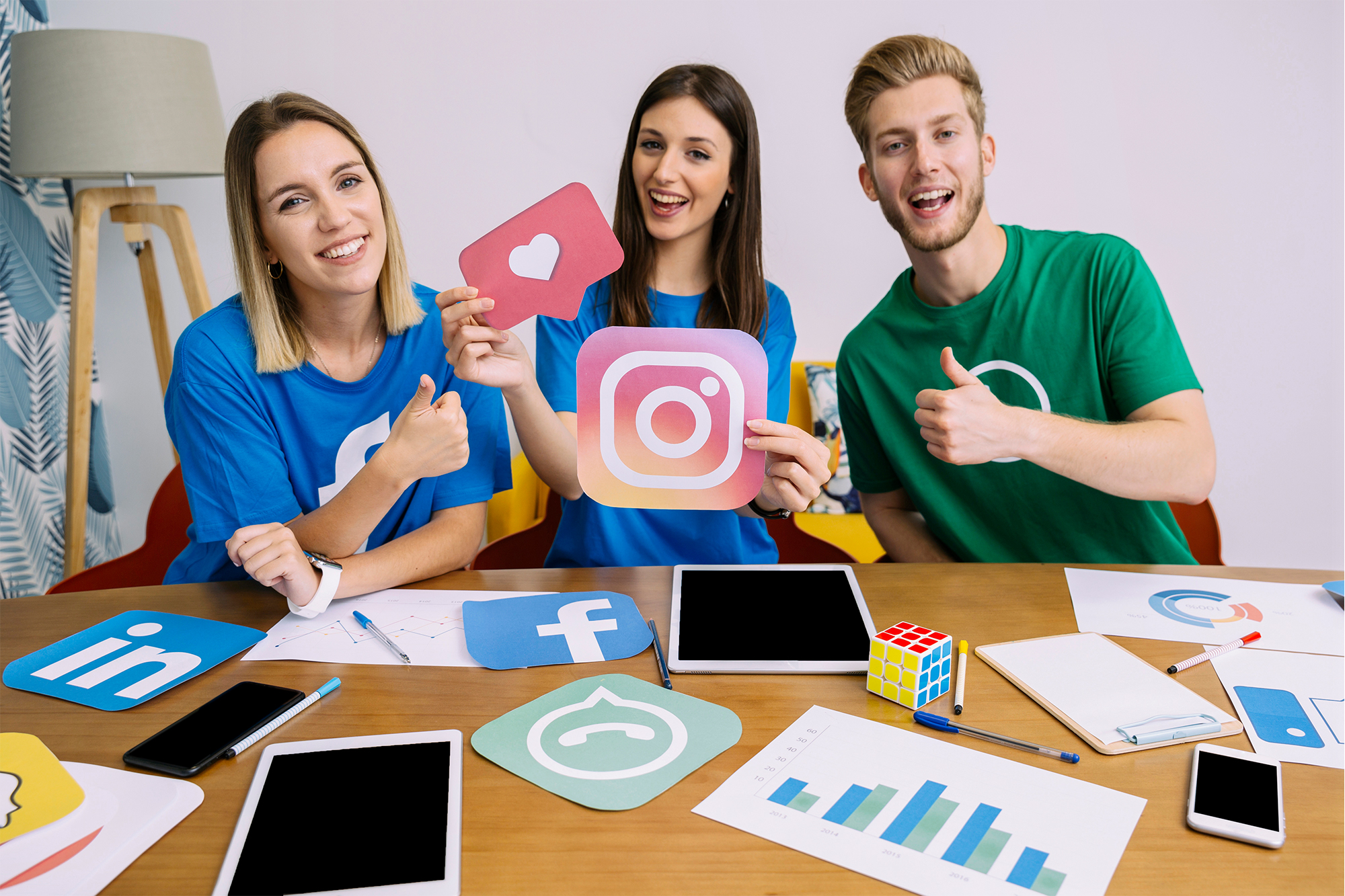Email marketing remains a cornerstone for fashion and apparel ecommerce, driving repeat purchases, fostering customer loyalty, and delivering unmatched ROI. In 2025, with evolving consumer behaviors and advanced tools such as AI-driven personalization and omnichannel integration, fashion brands must refine their email strategies to stay competitive. Let’s explore the best email marketing practices tailored for fashion ecommerce, offering actionable insights to maximize engagement and revenue.
Why Email Marketing Matters for Fashion Ecommerce
Email marketing is a powerhouse for fashion brands, offering a direct, owned channel to connect with customers. According to recent industry data, email generates an average ROI of $36 for every $1 spent, making it one of the most cost-effective channels. For fashion ecommerce, emails drive key actions like cart recovery, repeat purchases, and brand loyalty, especially when paired with personalized, visually compelling content. In 2025, advancements in automation, segmentation, and analytics make email marketing even more impactful.
Top Email Marketing Practices for 2025/2026:
1. Leverage Advanced Segmentation for Hyper-Personalization
Fashion shoppers expect tailored experiences. Use dynamic segmentation to group customers based on behavior, preferences, and purchase history. For example:
- Behavioral Segmentation: Target customers who abandon carts, browse specific categories (e.g., dresses or activewear), or engage with flash sales.
- Demographic Segmentation: Personalize based on age, gender, or location to align with seasonal trends or regional preferences.
- Purchase-Based Segmentation: Focus on high-value customers or those who haven’t purchased in 90 days for win-back campaigns.
Tools like Klaviyo or Mailchimp allow real-time segmentation, enabling you to send hyper-relevant emails that resonate with each customer’s style and needs.
2. Build Automated Email Flows for Key Touchpoints
Automation is critical for scaling personalized engagement. Create email flows for:
- Welcome Series: Introduce new subscribers to your brand with a multi-email sequence showcasing your best products, brand story, and exclusive discounts.
- Abandoned Cart Recovery: Send timely reminders with product images, customer reviews, and urgency-driven CTAs (e.g., “Only 2 left in stock!”).
- Post-Purchase Follow-Ups: Thank customers, suggest complementary products, and request reviews to build loyalty.
- Win-Back Campaigns: Re-engage inactive customers with personalized offers or VIP incentives.
In 2025, AI-powered tools can optimize send times and predict which products a customer is likely to buy, boosting conversion rates.
3. Craft Visually Stunning, On-Brand Emails
Fashion is a visual industry, and your emails must reflect your brand’s aesthetic. Invest in:
- High-Quality Imagery: Use professional product photos, lifestyle shots, and user-generated content to showcase your apparel.
- Consistent Branding: Align email designs with your brand guidelines, including fonts, colors, and logos.
- Mobile Optimization: Ensure emails are responsive, as over 60% of ecommerce emails are opened on mobile devices.
Incorporate interactive elements like GIFs or carousels to highlight new collections or seasonal trends, increasing click-through rates (CTR).
4. Optimize Subject Lines and Preheaders
Your subject line is the gateway to opening. In 2025, AI tools can analyze thousands of subject lines to predict performance, but here are proven tips:
- Keep it short (under 60 characters) and compelling.
- Use emojis sparingly to stand out (e.g., “New Arrivals! Shop Now”).
- Include urgency or exclusivity (e.g., “24-Hour Flash Sale: 30% Off”).
Pair subject lines with preheaders that provide context or a secondary CTA, like “Discover our latest denim collection.”
5. Integrate SMS for Omnichannel Impact
SMS complements email by offering real-time, high-open-rate touchpoints. Use SMS for:
- Flash sales or restock alerts (e.g., “Your favorite jeans are back in stock!”).
- VIP promotions for loyal customers.
- Cart abandonment reminders synced with email flows.
Ensure SMS and email campaigns are cohesive, using platforms like Klaviyo or Gohighlevel for seamless integration.
6. Use Data-Driven A/B Testing
Test every element of your emails to optimize performance:
- Subject Lines: Test emotional vs. promotional language.
- CTAs: Experiment with “Shop Now” vs. “Explore the Collection.”
- Send Times: Identify when your audience is most active.
- Content: Compare product-focused vs. lifestyle-driven emails.
Track KPIs like open rate, CTR, and revenue per recipient (RPR) to refine campaigns continuously.
7. Focus on Customer Retention and Loyalty
Fashion brands thrive on repeat customers. Use email to:
- Offer loyalty program incentives (e.g., points for purchases or referrals).
- Send personalized product recommendations based on past purchases.
- Celebrate milestones like birthdays or anniversaries with exclusive offers.
In 2025, predictive analytics can forecast customer lifetime value, helping you prioritize high-potential shoppers.
8. Monitor and Optimize with Analytics
Use platforms like Klaviyo to track key metrics:
- Open Rate: Aim for 20-40% (fashion industry average is ~17%).
- CTR: Target 1.5-3% (industry average is ~1.2%).
- RPR: Measure revenue generated per email sent to gauge ROI.
Regularly review dashboards to identify underperforming campaigns and optimize for better results.
How Aeon Helped Roman USA Boost Ecommerce Revenue by 122%
ROMAN USA, a luxury women’s clothing brand based in Virginia, is known for its elegant designs and loyal customer base. Despite strong in-store relationships, the brand struggled to maximize online revenue and deepen digital engagement.
Our Solution
AEON Digital implemented a comprehensive email and SMS marketing program tailored for fashion ecommerce.
- Built advanced email flows (welcome, cart recovery, win-back, etc.)
- Personalized content using customer segments
- Integrated SMS for flash sales and VIP alerts
- Optimized performance using Klaviyo reporting
This strategy led to a 122% increase in revenue per recipient. Email open rates reached 43.17%, click rates improved significantly, and the placed order rate jumped to 3.82% (far exceeding industry benchmarks).
Conclusion
By reimagining ROMAN USA’s email and SMS strategy, AEON Digital delivered exceptional results, proving that email is a revenue engine when executed with precision.
Ready to transform your fashion ecommerce brand? Book a free POC with AEON Digital
FAQs
Q: How can AI enhance email marketing for fashion brands in 2025?
AI tools analyze customer data to predict purchasing behavior, optimize send times, and generate personalized content. For example, AI can recommend products based on browsing history or forecast the best time to send a flash sale email.
Q: What role does user-generated content (UGC) play in fashion email campaigns?
UGC, like customer photos or reviews, builds trust and authenticity. Including UGC in emails (e.g., showcasing customers wearing your apparel) can increase engagement, as it resonates with shoppers seeking real-world validation.
Q: How do you balance email frequency to avoid overwhelming subscribers?
Start with 1-2 emails per week, adjusting based on engagement data. Use automation to prioritize high-intent customers and reduce frequency for less active subscribers. Monitor unsubscribe rates to fine-tune your approach.
Q: Why is SMS integration critical for fashion ecommerce?
SMS has open rates above 90%, making it ideal for time-sensitive promotions like flash sales or restock alerts. Combining SMS with email creates a seamless omnichannel experience, increasing conversion rates.
Q: How can fashion brands measure email marketing success beyond open rates?
Focus on revenue-driven metrics like RPR, conversion rate, and customer lifetime value. Track how emails contribute to repeat purchases and loyalty program sign-ups to gauge long-term impact.









